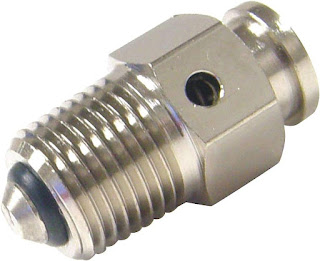Factors to Consider When Choosing a Valve
Valve is used to handle a wide variety of functions to control the flow of liquids and gases. There are so many options available and it is important to look at all factors and make sure you are selecting the correct valve for your application. This short article post will highlight these basic requirements to consider.
- Media Type: The characteristics of liquid or gas type being controlled and determine the valve material that should be used. The harsh or corrosive materials, PTFE, and PFA are great choices. They are able to withstand these conditions. To monitor pressurized gases, it is really important to use metal valves for the highest level of safety.
- Application Conditions: The selection of the correct Pneumadyne Valve sizing is the most important step in selecting the right one for your application. An improper valve size can cause operation issues in the valve or the system. Additionally, determine the temperature, pressure, and flow rate that valve will operate under. In most cases, metal valves withstand higher temperatures and pressure than plastic ones.
- Valve Function:It determines the need for the valve to fill. Two-way valves perform ON/OFF control in a system. Whereas three-way valves can be used for ON/OFF control as well as for diverting and mixing media. Take note of whether your valve will be opened or closed often, it extends the life expectancy.
- Actuation Method:One more consideration to be made and how the valve is to be operated. Identify if the valve will be manually hand-operated or will need to be turned off automatically. If you choose the latter then decide whether the unit is going to be used with an electric, pneumatic, and hydraulic actuator.
- Maintenance Requirements:If maintenance needs to be done regularly then ball valves are a great option. It resists clogging and is one of the simplest valve types to service. Ball valves are available in three-piece configurations which consist of two end caps. It allows the main body part to be easily removed for cleaning without disconnecting the end caps from the hose. It also prevents the line from being shut down during maintenance.
- Flow Capacity: This one is to address valve selection. An undersized valve will slow down the cause of other forms of inefficiency in the system whereas an oversized valve can be classified as a form of waste in the system. It is important to measure the maximum flow capacity for your application and select the valve size with enough capacity. All valve suppliers provide a flow capacity and easy reference material to assist you within your acceptable period of time.
Conclusion
DAS Services Inc. emphasizes the growth of its customers. They now provide a much larger facility in Southern California. They provide exceptional service to their clients and support for automation challenges. They offer Pneumadyne products in the USA. They are the distributor for some of the finest manufacturers in the industry at unbeatable prices.




Comments
Post a Comment